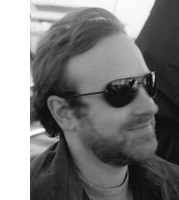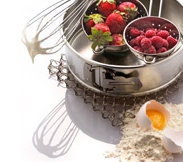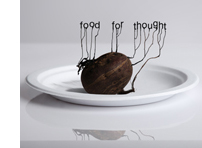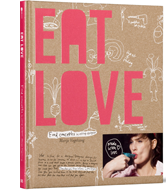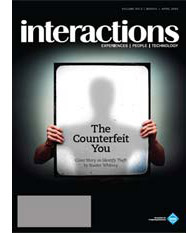
Susan Coleman Morse and Eli Blevis wrote an article (full version coming soon) in the ACM Interactions Magazine XVI.2: “Permaculture, urban farming, and locavorism – all are newly familiar terms that we define in this month’s forum and that are implicated in sustainable lifestyles. All denote opportunities for interaction designers. By opportunities, we mean not only potential applications of interactive technologies to help where no interactive technologies have been previously applied, but also the potential use of interactive technologies to more broadly distribute the cherishable wisdom of those who practice simpler, more sustainable, more natural heirloom and traditional forms of food culture and land use…”

